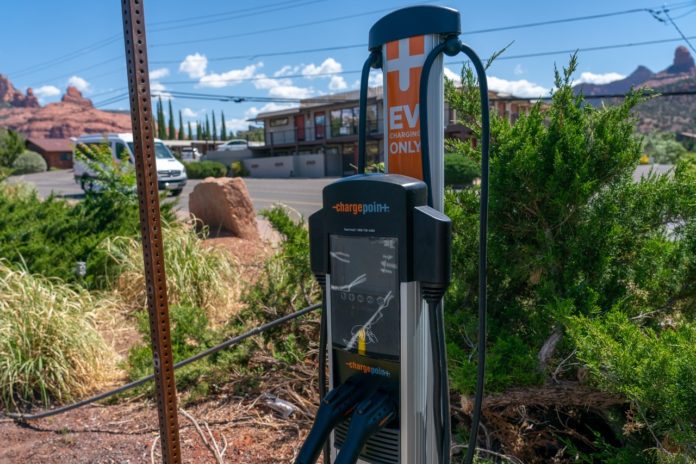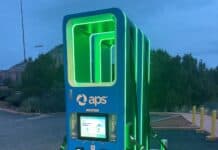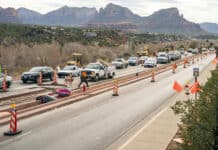
The city of Sedona is one step closer to having its first Climate Action Plan and the lofty goals it associates with it.
The Sedona City Council was updated on the plan on May 19. The meeting was for discussion and direction only, as the final draft is expected to come before council in late June or early July.
Until then, the next step will be to bring the updated plan back with the quantitative analysis for review and/or adoption. In addition, council and staff will make edits for clarity or select examples with relevance to the region.
In terms of why staff felt a need for a plan, Sustainability Coordinator McKenzie Jones said, “Climate change poses risks to everything from our health and infrastructure to our ecosystem. We feel the benefits of a plan for Sedona are broad. In addition to addressing global climate change, it also enhances local habitat and recreational opportunities.”
By majority consensus but without taking a vote, council agreed on Jan. 13 with the recommended target to reduce 50% of community greenhouse gas emissions by 2030.
In order to try and reach the goal suggested by council comes a price. Jones said regardless if the goal is 50% or even 100% carbon neutrality — which is the net elimination of carbon dioxide added to the atmosphere — it will take additional staffing within her one-person department.
In terms of setting a goal for 2030 as opposed to 2050 as some cities have, Jones said in January, “I think it’s easy to push things off when it’s 2050. To get to a 2030 target means we start now — like tomorrow.”
Jones said she believes there is a strong consensus that residents are concerned about climate change and that they want the city to take action to reduce emissions and improve community resiliency.
In the Climate Action Plan survey conducted in June 2020, 68.9% of the 251 respondents said that they are quite or very worried about climate change; 68.4% of respondents said that it is quite or very important that the city take action on climate change and 72.4% of respondents felt that the city should be very invested or moderately invested in taking climate action.
The plan will cover five main topic areas:
■ Resilience
■ Buildings and energy
■ Transportation and land use
■ Water and natural systems
■ Waste and consumption.
The report goes on to state that an example of a potential resiliency action is developing a volunteer program to assist community members in implementing Firewise recommendations at their homes. It will build on the work already being done by the city and identify additional opportunities.
Specifically, the plan will:
■ Establish a target to reduce Sedona’s community greenhouse gas emissions.
■ Identify steps that the community will need to take to reduce greenhouse gas emissions.
■ Identify actions to prepare for and adapt to climate changes.
■ Focus on implementation, return on investment and synergy with other city efforts.
■ Build partnerships with community organizations and institutions.
“Our climate is changing,” the City Manager’s Office summary statement reads. “Temperatures are increasing globally and locally in the Verde Valley. Addressing the climate crisis is an urgent issue for cities. An analysis by the Climate Assessment for the Southwest indicates warming temperatures, poorer air quality, changing precipitation patterns and increased flood and wildfire risk are local examples of the impacts. Sedona is facing as a result of climate change. Unexpected expenditures from drought, wildfire, flooding and extreme heat can cause major disruptions in city budgets and operations. Climate change is a threat to community wellbeing and fiscal health.”
On those lines, Mayor Sandy Moriarty said a priority for Sedona is wildfire mitigation.
“One of the consequences of climate change has been catastrophic fires,” she said. “We are extremely vulnerable in Sedona to catastrophic fires, which could override other catastrophes. I think it’s important to talk about what we can do in that regard. It’s critical. We watched it happen in California and quite frankly, I think we’ve been very lucky that we haven’t had something like that here because it could destroy a huge piece of Sedona.”





















